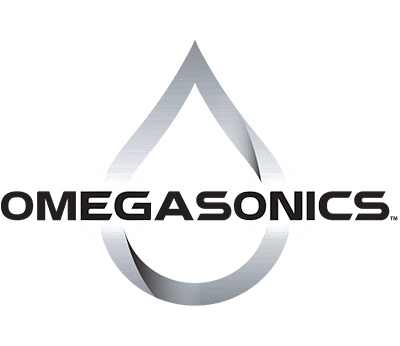Disaster has struck and your home is now one of the thousands of American homes every year that experiences flooding. It can feel overwhelming and hard to know where to start with tackling the aftermath. What do you do?
Personal Safety
First of all, don’t forget personal safety when you’re entering your home to begin assessment and cleanup. Before you enter your home the first time after a flood, check for structural damage to avoid being trapped or injured by a collapse. Have appropriate professionals assist you with turning off the electricity and gas to your home until the wires and pipes can be checked and can be safely restored. As you walk through the house, keep an eye out for dangerous debris underfoot, such as broken glass or nails.
Document Everything
When you inspect your home as the owner, make sure you document the state of everything as well as you can. Take pictures of any damage you see as well as the condition of furniture and any personal items you find. This kind of documentation will be invaluable as you deal with the insurance company. They will want to do their own documentation, but anything you can do will be helpful in the case of a dispute. Contact your insurance company as rapidly as possible and file a claim, giving as much detail as you can, regarding your losses.
Cleanup: Tackle Mold First
This is the priority. Mold often forms within 48 hours after a flood, affecting drywall and wooden support joists in homes. Generally, wet and/or moldy drywall must be cut out and thrown away and any wood beams can be cleaned with bleach. Be sure to wear protective gear such as gloves and a face mask when cleaning mold. Mold can also affect your personal items. Some of these can be easily cleaned with soap and warm water, but others may need deeper cleaning and may be too delicate for traditional cleaning methods. See below for suggestions in these cases.
Cleanup Tips
Don’t forget to wash your hands often–floodwaters often contain high levels of harmful bacteria. Wear protective gear such as waterproof boots, gloves and a face mask to limit your exposure to potential pathogens or other contaminants. Put any personal items you can’t deal with immediately in open boxes or bags. Any books, loose papers or textiles should be put in a freezer to await drying out if you can’t deal with them within 48 hours.
Call in the Pros: Ultrasonic Cleaning to the Rescue
Remember those tough jobs on delicate or time-consuming Items? When traditional cleaning fails, ultrasonic cleaning may be the answer. Ultrasonic cleaning involves generating ultrasonic sound waves that travel through a liquid bath. When an object is placed in this bath, the ultrasonic waves produce millions of tiny cavitation bubbles against every surface of the object to be cleaned. These bubbles release energy when they collapse, dislodging dirt, grime and mold from the object’s surface. Often, ultrasonic cleaning can achieve results impossible for traditional cleaning methods.
Want to know more about how you can clean moldy or flood-damaged items? Contact the experts at Omegasonics and find out more at 888-989-5560, or email us at
